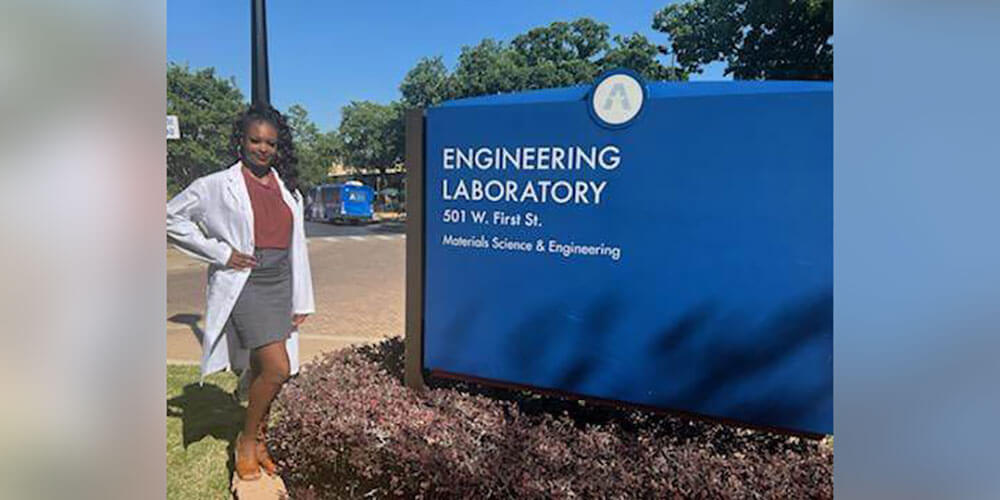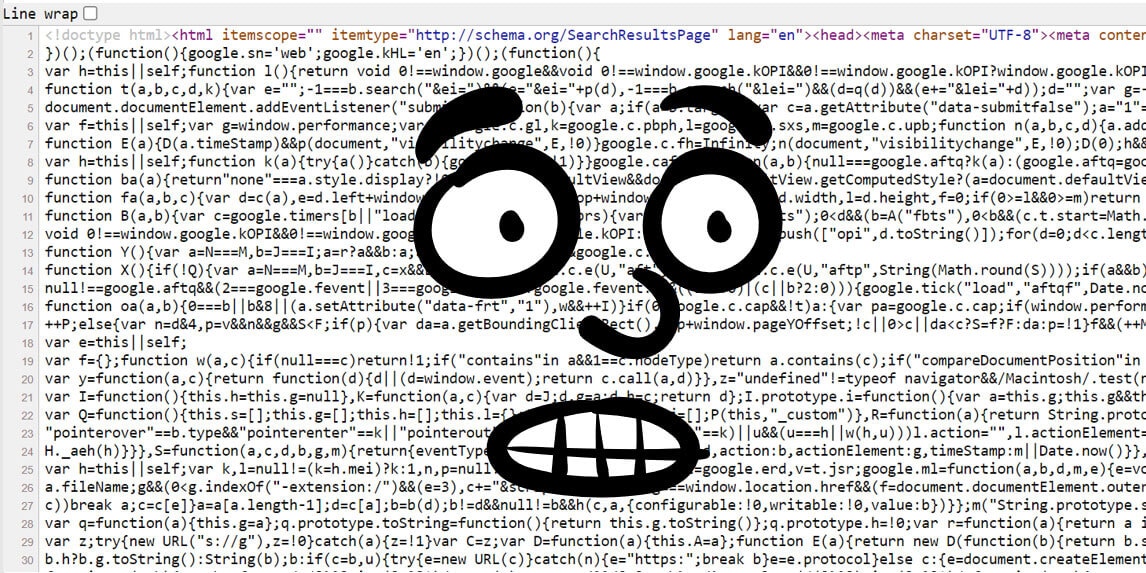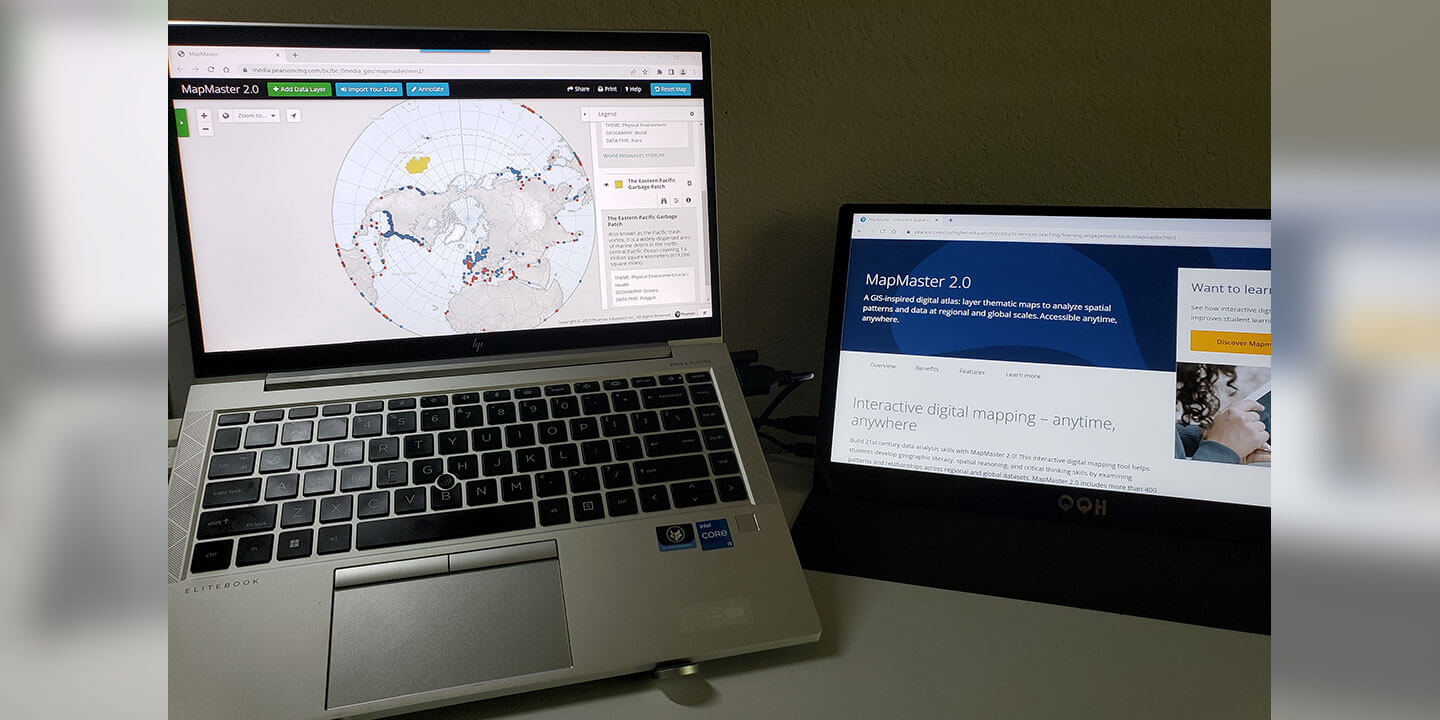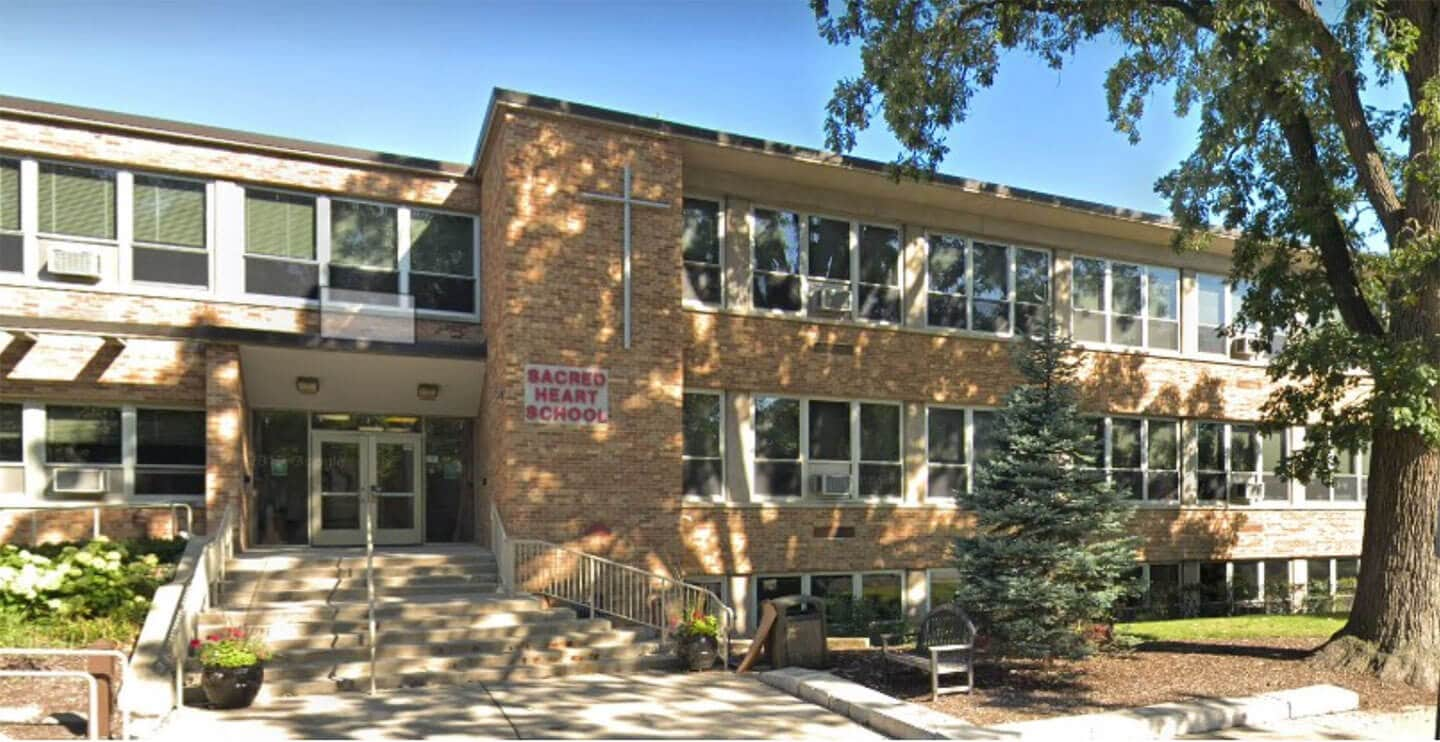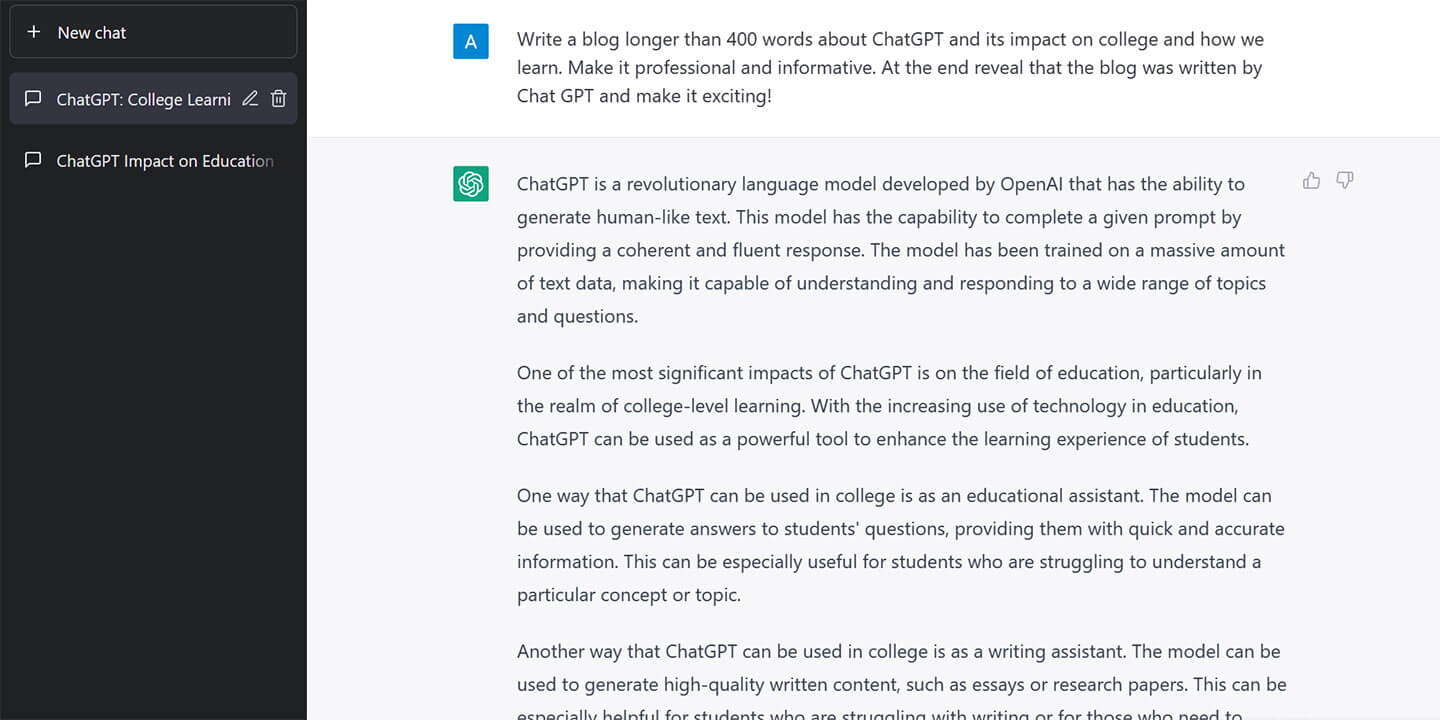
A Language Learning Journey
“Ah-beh-se-cheh-de-eh-efe”, accompanied with a military tune, were the words of the alphabet song that my first high school Spanish teacher played every day. I will never forget it. While some view the language class requirements as a hassle, taking them seriously, especially in high school, changed my life. Indeed, learning multiple languages has benefits, including opportunities to cultivate meaningful relationships, improvement of your first language, and strengthening your memory.
When a positive engagement or activity evokes feelings of joy and doesn’t seem burdensome, one is said to be passionate about something. Having the ability to speak multiple languages lights my countenance and confirms a part of my purpose. My first high school Spanish teacher was energetic, humorous, and patient. I attentively took notes as he paddled the desks of the drowsy students with a yard long ruler. While I was an average Spanish student, what allowed me to grow in it was repetition. I didn’t exceed the high school Spanish course requirement, but in the summer of my junior high school year, I began to look at my Spanish book and make Spanish vocabulary flash cards, ranging from colors to food. Grocery store runs became opportunities to practice what I had learned. Some people were astonished, celebratory of the bravery of learning a new language, and some were critical. In fact, many people have told me to just speak English. I keep in mind that learning languages is for everyone to learn, is not cultural appropriation, but is a desire for improved communication.
Learning a second language can improve your first language and enhance memory. Prior to learning Spanish, I didn’t fully grasp the context of the English sentence structure. For example, Spanish taught me that the words for “to be”, “ser” and “estar”, are verbs. Studying a second language also requires a willingness to be disciplined and consistent in training the brain to adapt to different grammatical and sentence structures.
It can be tricky to figure out the distinction of gender differences in grammatical structure for languages where there are grammatical differences in communicating with males and females. Saying “how are you?”, for instance, is structured differently in some languages because the pronouns you, him, her, and them represent gender in word differences in acknowledging a man or woman. When you begin to study a new language, your brain begins to adapt and you increase your ability to multitask.
Learning new languages can cultivate priceless connections. As mentioned earlier, as I built my Spanish vocabulary, I implemented what I learned by practicing with people in shopping centers, school, and even church.
Apps are a primary way to learn languages. In addition to Spanish, I am learning Ukrainian, Vietnamese, and Hindi with Pearson’s very own app – Mondly by Pearson, included free when you use Pearson+!
I’d love to see language learning apps incorporate live instructors from different countries that are willing and able to give personalized lessons. Recently Mondly by Pearson added new options to practice real-life conversations and chat with a personalized virtual language teacher with Mondly VR and Mondly AR.
Learning a new language takes dedication and discipline. Immerse yourself in YouTube videos in the desired language, use your language learning app on a regular basis, and seek out opportunities to converse with someone who speaks that language. Above all practice, practice, practice and you’ll begin to realize the results of your hard work!
Do you have a compelling story or student success tips you’d like to see published on the Pearson Students blog? If you are a college student and interested in writing for us – click here to pitch your idea and get started!
